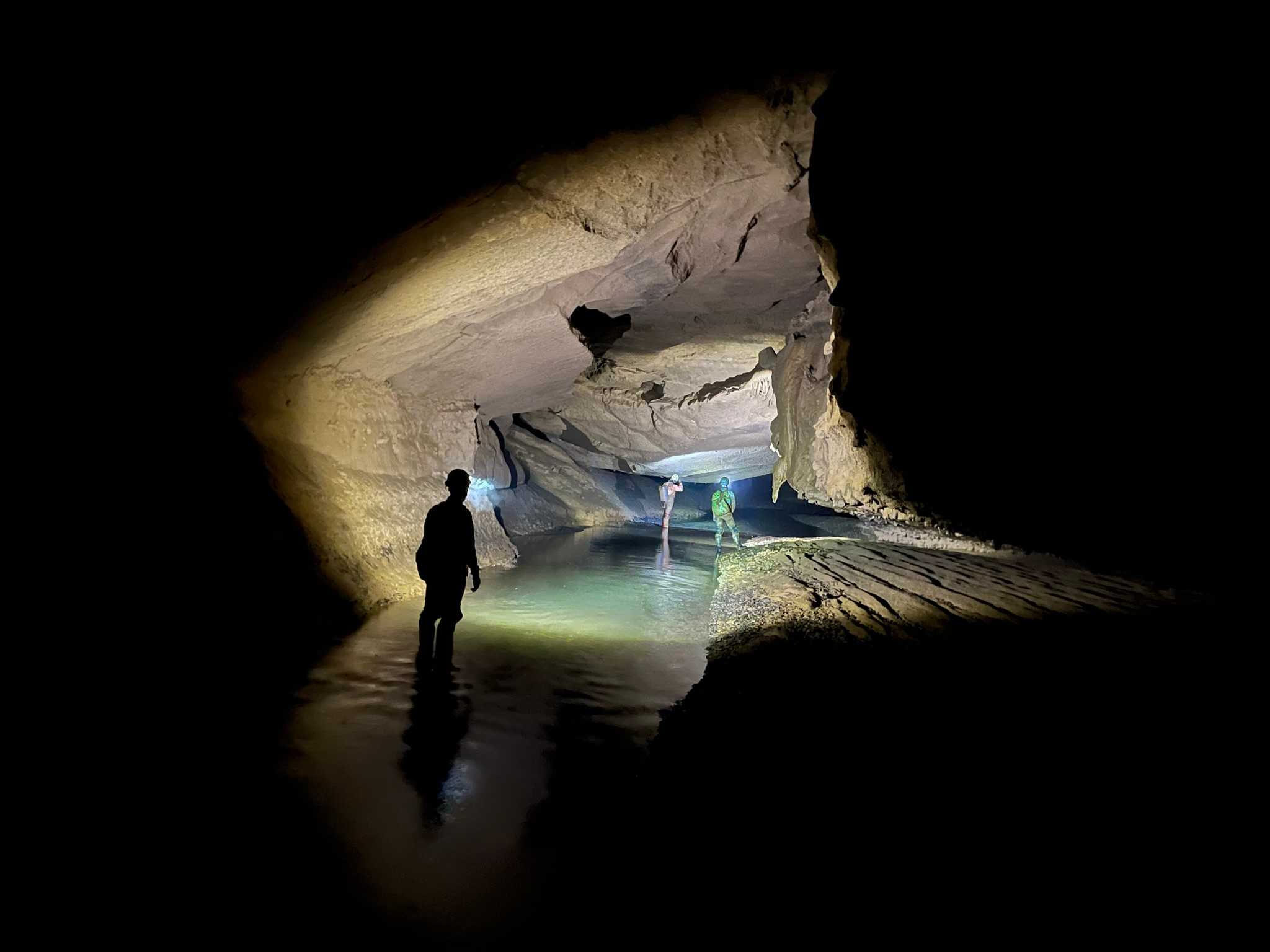notes on cave photography
2022-03-21
- learn to use negative space and contrast. Caves have lots
- "natural" lighting doesn't exist.
- flashes in-frame are wrong, unless they're in someone's hand
- flash slaves are unreliable. deal
- diffusers and modifiers are good. less flare to give away flash position, and aim is less precise
- high iso is okay (up to about 800)
- passage is longer/narrower than you think. perspective is unintuitive
- focus and framing is hard.
- bring more assistants. always
- always have a plan to light things
- weird perspectives make abstract art underground
- know your final media: phones are bad for pixel-peeping, fine for prints
- darktable "colour calibration" is your best friend
Learn to use negative space and contrast
Caves are dark, obviously. So to do photography you have to bring in a lot of light,
either in the form of flashes or lamps. Light position highly affects where shadows
fall, so it can be trivial to end up with high-contrast images, dark regions,
etc. Consider this image:

Notice the negative space defining the passage dimensions (illuminated by the nearest caver's light). And notice the reflection in the water. These are the sorts of "negative space" and "contrast" knobs to fiddle with, which can make a very compelling photograph, and represent the cave "as you would see it".